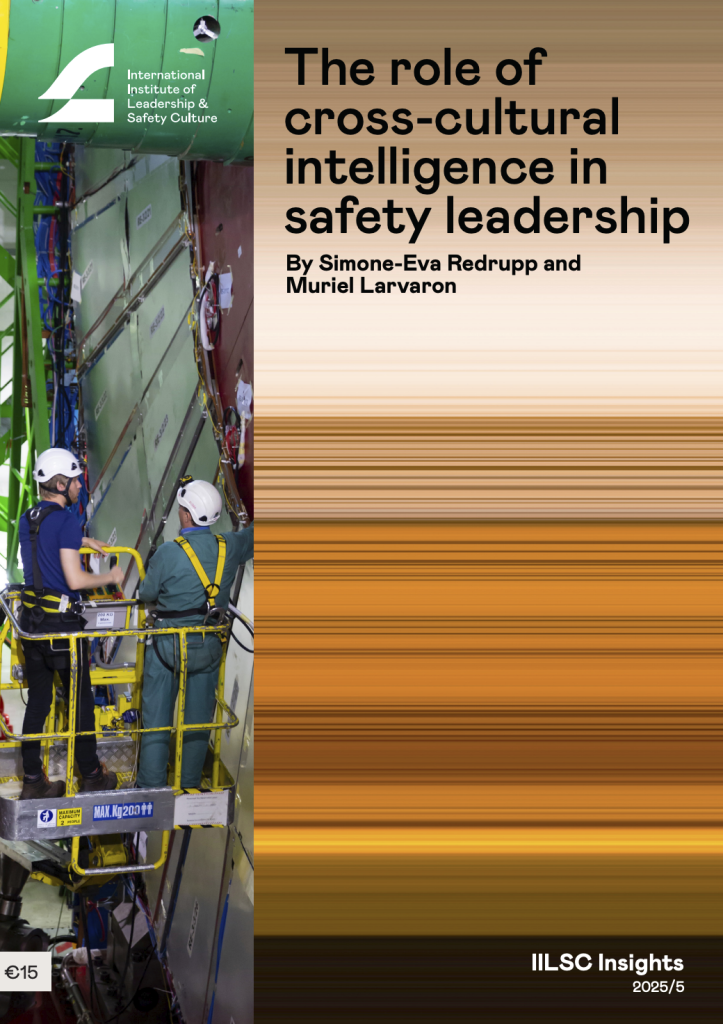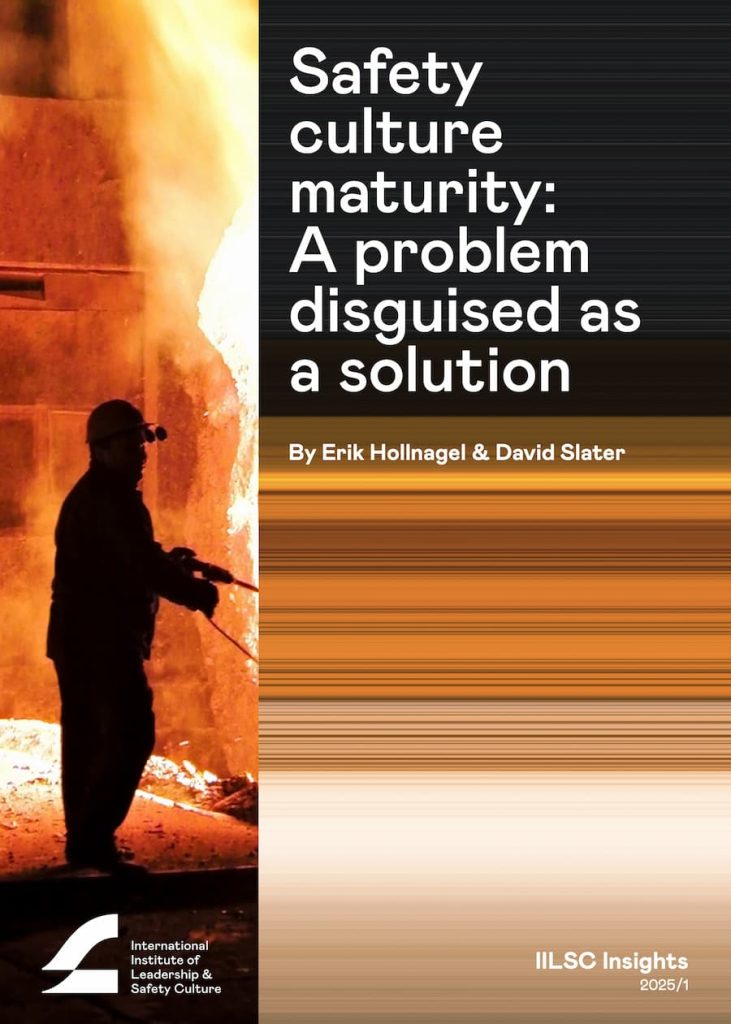News & Insights
Updates and new thinking in the world of leadership and safety culture
Commitment and care for a safer workplace
We believe that a great workplace culture is built on high-impact leadership and excellence in safety, health, and well-being.
The result: standards of excellence in safety that you never before thought possible.
IILSC on LinkedIn
IILSC Insights White Papers

Safety leadership and the aggregation of marginal gains
The paper explores the application of marginal gains, a form of Kaizen, to occupational safety and health (OSH).

The role of cross-cultural intelligence in safety leadership
Differences in national culture, language and regulatory frameworks create a complex landscape for the leader of a multinational organisation.

Safety culture maturity: A problem disguised as a solution
Safety culture, once seen as a comprehensive solution to safety challenges, has evolved into a problematic concept, particularly regarding its measurement and implementation.
Stay updated!
Get the latest agenda updates ticket discounts and more – sign up for IILSC and EHS Congress Newsletter
